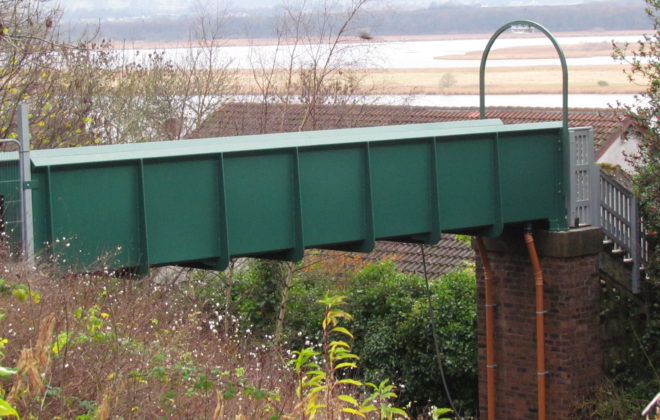Scotstoun Dock Gates
As one of the few remaining working shipbuilding yards in Scotland and with a healthy order book, it was agreed that investment into replacing the dock gates would be required.
Before any work could be carried out, a coffer dam had to be built to hold back the water from the River Clyde to allow the removal of the existing dock gates.
A 120-tonne crane was positioned on top of the coffer dam. This was used to position not only the dock gate sections, but also the additional plant and equipment into the dry dock. Two temporary legs were anchored to the floor of the dry dock to support the various sections of the dock gate as they were being installed. Each section of the new gate was carefully lifted into position. As each section was installed, all dimensions and all connections were checked to ensure they were within tolerance of the qualified welding procedure. The joints were then heated with propane torches to remove any moisture and pre-heat the steel before the welding process could take place. The welding was carried out by fully qualified coded welders. On completion of welding and after a 48-hour cooling period, the welds were MPI & ultrasonically tested for defects. This installation process was carried out for all the remaining sections of the dock gate. Scaffold was increased and modified as the dock gates grew in height. On completion, the temporary supporting legs were removed and all welds were painted and brought up to a marine specification. Water was then pumped in between the coffer dam and the new dock gate to check for leaks. With confirmation that the gates were working and no leaks were present, the coffer dam was removed putting the whole force of the River Clyde against the new dock gates.




